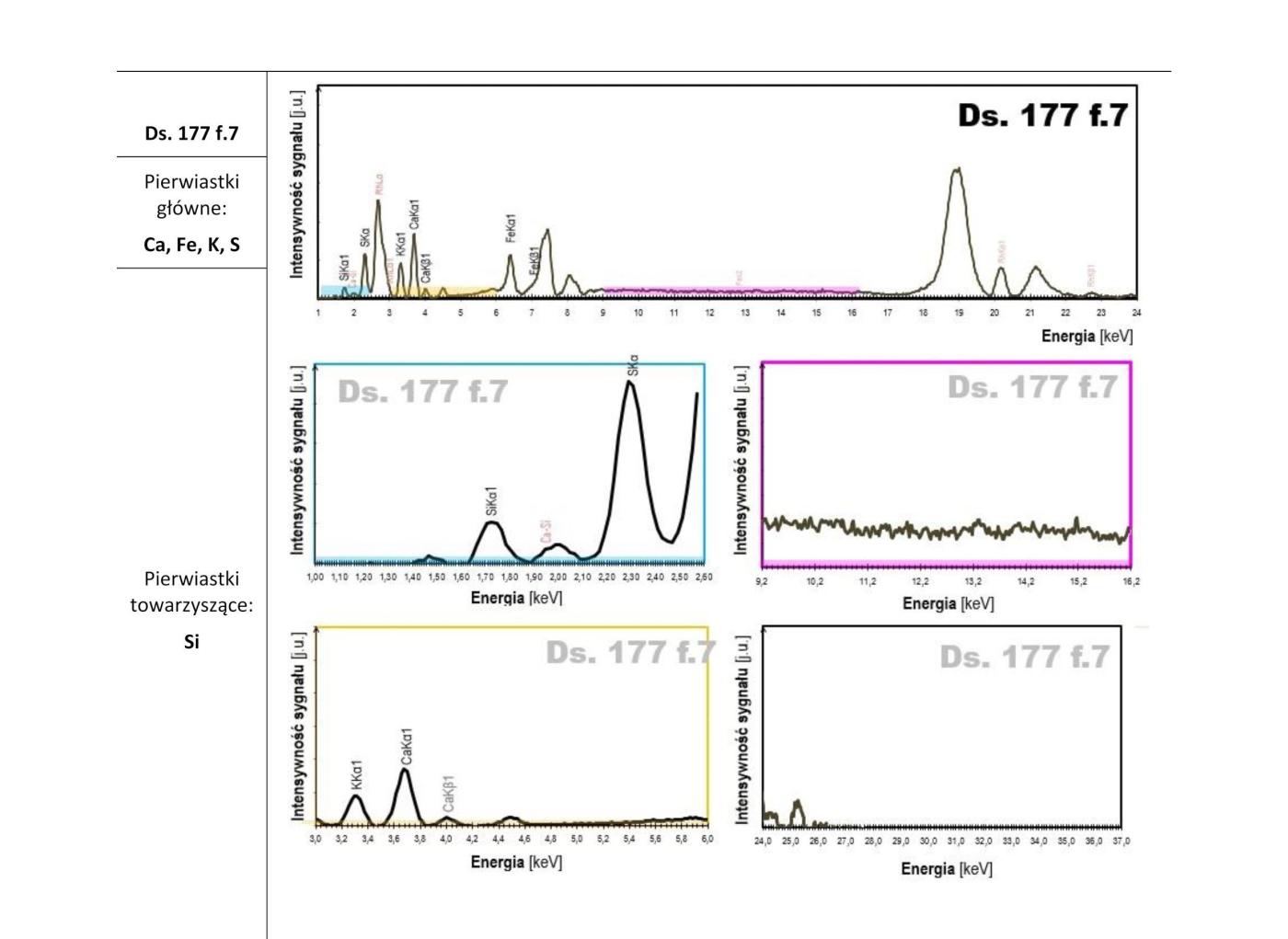| 1. Text number |
Drangsong 177 |
| 2. Text title (where present) in Tibetan |
༄༅།། བསྲེགས་བྱེད་མེ་འི་སྤུ་གྲིའི་ཁ་བསྒྱུར་བཞུགསྷོ།།
|
| 3. Text title (where present) in Wylie transliteration |
bSregs byed me’i spu gri’i kha bsgyur bzhugs+ho// |
| 4. A brief summary of the item’s contents |
Variants that have to be made in the recitation of the text of a fire-offering ritual to suit the requirement of the actions being performed |
| 5. Number of folios |
7 |
| 6. Scribe’s name |
None |
| 7. Translation of title |
Textual variations in the ritual entitled “The Razor of the Fire that Burns” |
| 8. Transcription of colophon |
me’i ’phrin las rdzogs so/ dge’o/ bkra shis+ho/ |
| 9. Translation of colophon |
The fire offering ritual action is over. Virtue. Blessings. |
| 10. General remarks |
The text belongs to the sādhana cycle of the meditational deity sTga la me ’bar, which was revelated by dPon gsas khyung rgod rtsal (1175-?) as a treasure scripture. |
| 11. Remarks on script |
dpe tshugs, ’khyug ma tshugs, dbu can, ’bru tsha |
| 12. Format |
Loose leaves |
| 13. Size |
8.2 × 27.2 cm |
| 14. Layout |
|
| 15. Illustrations and decorations |
This folio with red margins, the last of the manuscript, is drawn on its left side with the image of an unidentified three-arched furniture or building. Each of its three arches is trefoiled and supported by a pair of pilasters or posts. The three arches support in turn a two-tiered superstructure that may be identified as a ceiling from which stick out the ends of five beams, and as a roof with a parapet. Its relation with the text is unclear. |
| 16. Paper type |
Woven, 2 layers, smooth |
| 17. Paper thickness |
0.08–0.11 mm |
| 18. Nos of folio sampled |
f. 7 |
| 19. Fibre analysis |
|
| 20. AMS 14C dating |
|
| 21. XRF analysis |
|
| 22. RTI |
|
| 23. GCMS |
|


